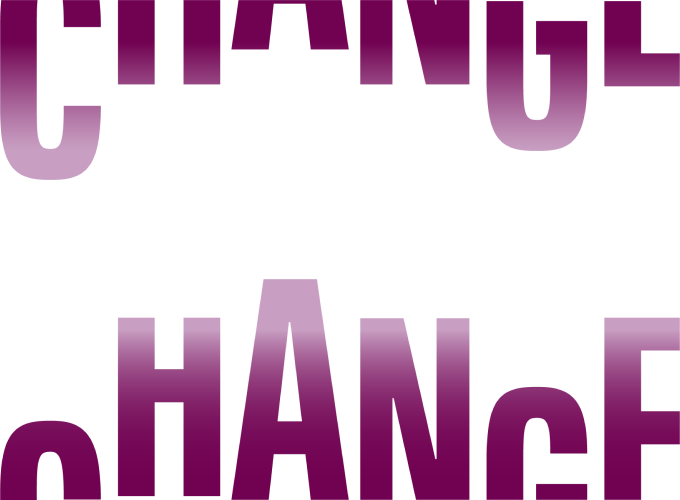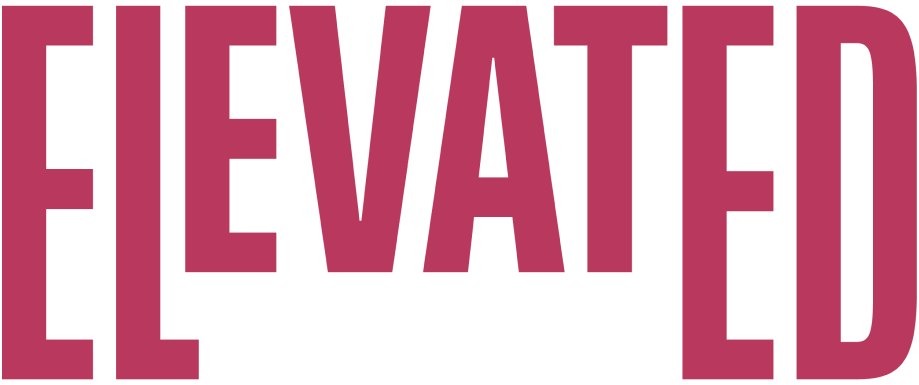The impetus for

Our latest report unpacks research, expert interviews, and data to help your company get ahead in the future of workplaces everywhere.
Swipe to begin
With one third of our lives spent working (Gettysburg), the only thing we’ll do more of is sleep.
We’ve done our homework, and the results show that the relationship between work and life is not very healthy; employee stress is at an all-time high (Gallup World Poll), 60% of employees are emotionally detached at work (Gallup World Poll), and even worse, Gympass’ own research found that 48% of employees said their wellbeing declined in 2022. To put it simply: we’re in a crisis of wellbeing, and as employers, we have a responsibility to confront this crisis head-on.
As leaders, we must realize that our responsibility to our employees extends beyond the typical workday. It’s not enough to simply encourage our teams to live healthy lifestyles. We must give them the tools and resources needed to actually make wellbeing accessible and universal. The research tells us that when employees are healthy, business thrives.

We’ve gathered insights from thousands of employees around the world, predicted key trends for 2023, and offered critical recommendations for HR leaders to bridge their organizations’ work-life wellness gap.
We, as leaders, all want our employees to thrive, both at work and in their personal lives. But we must first listen to our people to make that vision possible, so let’s hear what they have to say.


The term ‘work-life balance’ has been thrown around since the ‘70s (ADP) to add depth to the experience of juggling work, family, and life. It’s been 50 years since the term was coined, and suffice to say much has changed since then in both work and life. Frankly, we’re overdue for an update.

Many of us strive for the mythical utopia of ‘work-life balance’. But, the truth is that there’s no such thing – and perhaps there never was. Rather than compartmentalizing and dividing time equally between work and life, we should fuel people as whole beings both in and out of the workplace. It’s time to stop drawing lines in the sand, and instead allow work to play its rightfully vital role in our overall wellbeing.

‘Work-life wellness’ is an attainable state of mind-body wellbeing that’s found at the intersection of life and work. It’s where life experiences in and out of the office interact to the benefit of employee happiness, health, and performance. Now more than ever before, leaders and businesses alike must understand this space and anticipate what’s to come in it.
In the following pages, we’ll examine the state of work-life wellness through several lenses to create comprehensive, tangible takeaways that every workplace can deploy.



Over the past few years, several coinciding conditions have inspired the global workforce to reflect and redefine what ‘health’ means, and how it plays into more areas of life than ever before.
Last year, Ipsos found that 70% of consumers across 25 markets reported they tend to spend money with brands whose values reflect their own.
This collective mindshift is reflected in the significant rise in employee expectations, with an increasingly non-negotiable need for wellbeing at work.
Whether it’s how they spend their money or where they work, people have more choices today than ever before. As workplaces evolve in tandem, there’s a chance for employers to get ahead by demonstrating a deep understanding of their employees’ priorities.








We’ve entered a new health economy with an increased emphasis on personal wellbeing.
People have greater choices surrounding both where they can spend money and where they can work.
Workplace priorities are shifting to factor in the way employers take care of their employees.
Companies who act sooner than later can set themselves apart.

When it comes to keeping employees well, exercise is a powerful tool. Regular exercise has been found to reduce poor mental health days by 40% per year (The Lancet). And, in addition to keeping your employees feeling their best, making exercise a part of company culture can lead to bottom-line impacts. 75% of employee medical costs are accrued mostly due to preventable conditions (Gallup). In the spirit of prevention, fitness is an excellent place to start.
BODY
This gives employers a unique opportunity to encourage fun and joy at work with fitness experiences and resources that tangibly improve their physical and mental wellbeing.
74% of US consumers agree the pandemic has made them more concerned about the health of their family (IBM). This has given rise to a new health economy, in which consumers will expect the brands they interact with to help them prioritize their physical and mental wellbeing. This extends to the employee-employer relationship as well.
Just 1 in 4 employees strongly believe that their company cares about their wellbeing (Gallup), so for the companies that care, demonstration has to be overt.

For employees with existing fitness and wellness routines, a resource that allows them to take their routines to the next level and optimize their experiences is key. These employees are looking for ways to keep fitness interesting. A network with thousands of options means individuals like this can find – and easily access – a solution for every want and need.
Savvy employers won’t miss the chance to meet their workforce on their individual fitness journeys that span from the mundane to the never-been-done-before.
 Brazil
Brazil
 Bodybuilding
Bodybuilding
 Cardio
Cardio
 Core Conditioning
Core Conditioning
 Strength Training
Strength Training
 Pilates
Pilates
 US
US
 Strength Training
Strength Training
 Bodybuilding
Bodybuilding
 Yoga
Yoga
 Cycling
Cycling
 Core Conditioning
Core Conditioning
 UK
UK
 Core Conditioning
Core Conditioning
 Cardio
Cardio
 Bodybuilding
Bodybuilding
 Strength Training
Strength Training
 Dance
Dance
By now, fitness has reached nearly all corners of the consumer landscape.
There is an undeniable mind-body connection that makes fitness a critical tool in mental health & overall wellbeing.
People inherently test and optimize until they find what works for them in fitness, and employers should look to support their employees in this process.

Offering employees resources is just the first step. Making a significant change around mental health is about more than simply supplying resources, it’s about offering the right ones that get to the root of issues that employees struggle with.

It’s clear that the issue of chronic workplace stress will not resolve on its own. In fact, it’s likely to worsen if ignored. This creates an opportunity for every company to promote a happier and healthier workforce by modeling empathy and wellbeing from the top down.

In light of employees’ increased focus on their own wellbeing and how it is or isn’t being supported, employees are also looking to their employers for emotional resilience and psychological safety (Harvard Business Review).
Emotional resilience doesn't just happen overnight. From mental strength-building tools to ‘emotional workouts,’ employees will expect their companies to help them develop the emotional resilience they need to thrive in an uncertain and troubled world (TrendWatching).
‘Emotional workouts’ encompass all of the measures and practices people take to care for their mental health, combat negative thoughts, and increase emotional resilience. These include traditional measures, like a seat on the therapist's couch or a meditation practice, but they also encompass so much more. Digital innovations and apps are breaking down old-school notions of what constitutes mental health by reducing the barriers to tools and resources.
Organizations that take a proactive approach to helping employees develop resilience and mental strength will undoubtedly create a healthier and more engaged workforce capable of driving even better business outcomes.
There’s a gap between the demand for mental health services and their current availability.
People want to improve their mental health, but they need easy and tangible ways to do it.
Employers can be a strong influence on the emotional resiliency of their workforce.

Expectations are higher in the office, social media is constantly causing us to compare ourselves with others, and efforts to be switched on all the time – personally and professionally – are causing many to burn through their mental and physical reserves. Amid a growing focus on wellbeing, individuals are confronting the negative impact of always-on lifestyles.
The pandemic triggered a 25% increase in anxiety and depression across the world (WHO), and this impact can be felt within any organization. The quest to heal together is driving interest in communal spaces that prioritize wellbeing, and this extends to the workplace.
LIFE
Employers who create a culture where employees feel taken care of both in and out of the workplace will wind up with employees who feel fulfilled and secure.
New tech is harnessing data to give businesses better insights into employees’ day-to-day needs, and today’s workforce is looking for companies that share their same values. Promoting a culture of top-down wellbeing culture will be the difference-maker in both retaining and recruiting top talent.
In today’s world, there are multiple stressors weighing down on people at all times – from professional burnout, to information overload, to economic anxiety.
Employee’s lives outside of the workplace will always impact their lives within, and it behooves employers to care about both.
As people dive deeper into “quiet quitting”, it has become more important than ever that their companies prioritize their employees’ wellbeing beyond just their basic job functions.

As Gympass explores in this report, wellbeing has become one of the biggest issues in business. Driven by the pandemic, digital overload, and a strong global economy, employees in every role are overworked, burned out, and operating at capacity.
Research shows a holistic approach to wellness is just the beginning. A study by Microsoft shows 87% of employees feel highly productive yet only 12% of leaders agree. As our Healthy Organization study shows, managers and HR teams have to design jobs, operating models, and financial goals so people don’t always feel behind. This is the next big thing in Work-Life Wellness. Gympass customers always tell us their wellbeing program has not only become more expansive, but it’s also impacted the organization’s hiring, leadership, and management practices.
As you read this report, I encourage you to consider how your leaders can give people space, time, and a voice to stay healthy. Leaders set the example of wellness - let’s make sure they’re part of the solution.
This is how Bersin's own wellness routine breaks down into our reports' three categories.


Over the past several years, we’ve seen an influx in corporate crises around retention, engagement, and workplace flexibility. These crises are, at their core, linked to a bigger crisis: a crisis of wellbeing. Our research unpacked why employees are not feeling well, and this can’t be overlooked.
Employees’ minds, bodies, and overall wellbeing are in a state that we haven’t quite experienced before. But – sudden, significant change creates incredible opportunities to improve systems as a whole.
Gympass makes it easy to package the best physical, mental, nutritional resources available to employees – and place them directly in their hands. It’s a bike at a top cycling studio one day, and a virtual therapy session the next. It’s entry through the doors of a neighborhood gym, and it’s access to a library of meditations. One corporate benefit, unlimited ways to meet every employee exactly where they are with what they need.
